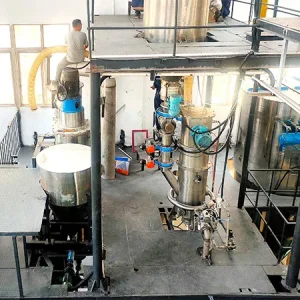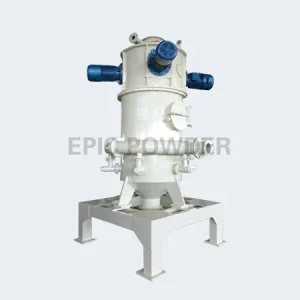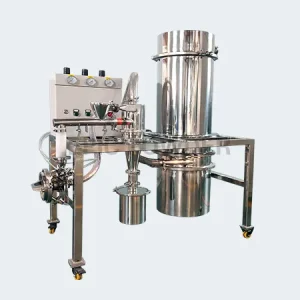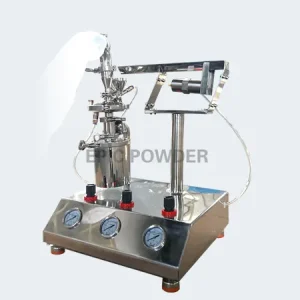Jet milling is a top method for making fine powders in particle size reduction. The way of enhancing its crushing efficiency is important. Jet mills use high-velocity air jets to create very small particles. They can achieve sizes in the micron and sub-micron ranges. This makes them invaluable in industries like pharmaceuticals, chemicals, and food processing. But choosing the right jet mill is key. This will boost crushing efficiency and achieve the desired product. This article will cover jet milling. It will discuss its principles, how to choose a jet mill, its types, and ways to optimize performance.
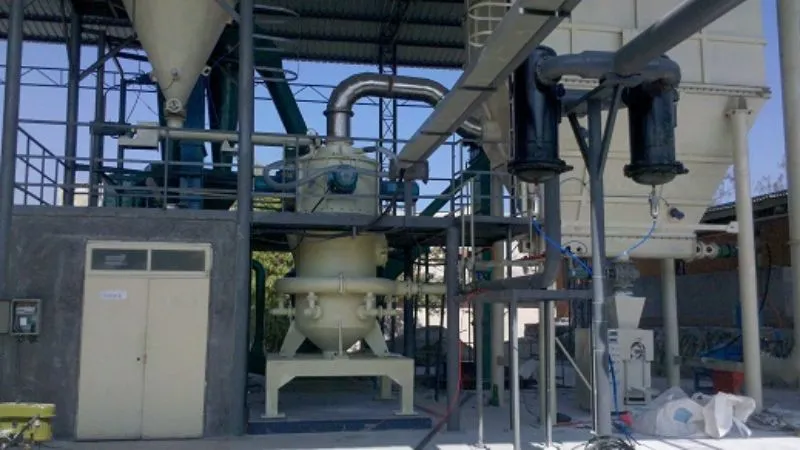
Understanding Jet Milling Technology
Jet milling, or air milling, uses compressed air to accelerate particles. They collide at high speeds, breaking down into finer sizes. The process is characterized by the following features:
1. No Mechanical Parts: Jet mills have no moving parts. This reduces wear, tear, and maintenance costs.
2. High Energy Efficiency: Jet milling uses compressed air for most of its energy. It can be cheaper than mechanical milling methods.
3. Particle Size Control: Operators can control the final particle size and its distribution. They do this by adjusting air pressure, feed rate, and classifier speed.
4. Heat Sensitive Materials: Jet milling is good for heat-sensitive materials. It generates little heat because it is very efficient.
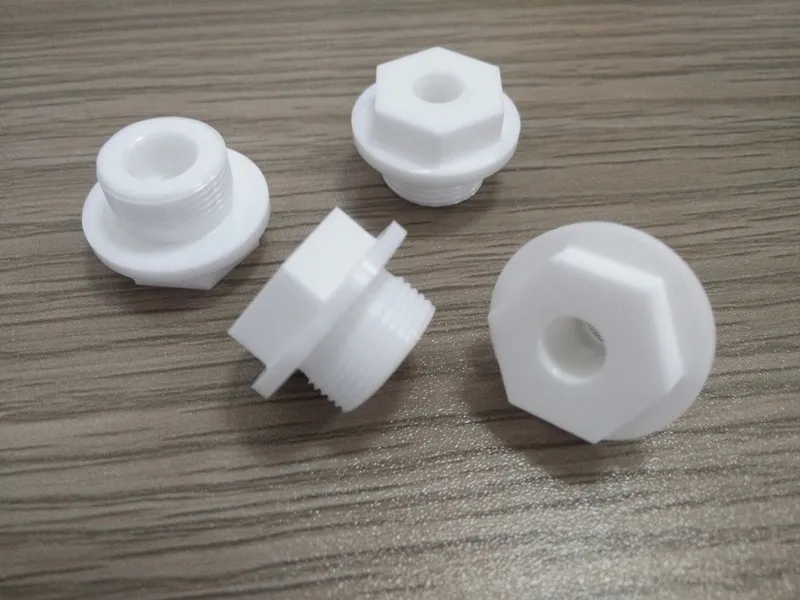
The Working Principle of Jet Mills
A jet mill has three key parts: the feed inlet, the milling chamber, and the classifier.
– Feed Inlet: Material is introduced into the milling chamber through a feed inlet. The material can be fed continuously or batch-wise, depending on the design of the jet mill.
– Milling Chamber: Inside the milling chamber, compressed air is injected at high velocity. This air creates a fluidized bed of particles, allowing them to collide with one another. The high-speed collisions break the particles into finer sizes.
– Classifier: After milling, the particles are classified based on size. The air stream carries away smaller particles. It recirculates larger ones for more milling. The classifier can be adjusted to target specific particle sizes. This ensures the final product meets the required specs.
Factors to Consider When Choosing a Jet Mill
Choosing the right jet mill requires considering several factors. They affect performance, efficiency, and product quality. Here are some key considerations:
1. Material Characteristics
The material’s properties greatly affect the choice of jet mill. Factors to evaluate include:
– Hardness: Harder materials may require more energy to achieve the desired particle size.
– Moisture Content: High-moisture materials may clump, reducing milling efficiency. Jet mills can also be equipped with drying capabilities to handle moist materials.
– Abrasiveness: Highly abrasive materials can wear down the mill’s parts. This raises maintenance and replacement costs. Selecting a jet mill with wear-resistant materials can mitigate this issue.
– Thermal Sensitivity: For heat-sensitive materials, choose a jet mill that minimizes heat. The use of cooling air or specialized milling techniques can help in such cases.
2. Desired Particle Size and Distribution
Different applications require different particle sizes and distributions. When selecting a jet mill, it is essential to consider:
– Target Particle Size: Define the desired final particle size. Different jet mills have varying capabilities for making fine or ultra-fine powders.
– Particle Size Distribution: Some uses need narrow distributions. Others accept broader ones. The choice of classifier design can significantly impact the final distribution.
– D50 and D90 Values: Knowing the D50 (median size) and D90 (90% finer) helps evaluate a jet mill’s suitability for specific uses.
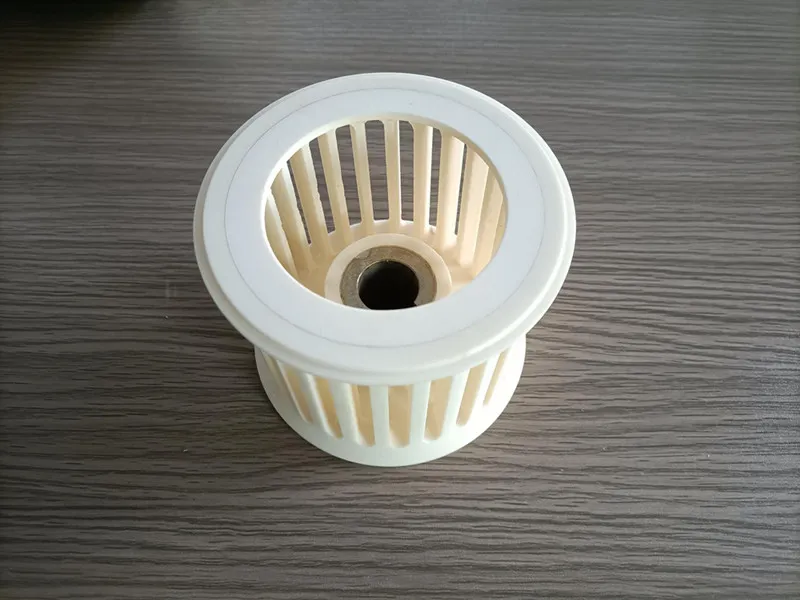
3. Throughput Requirements
The production capacity of the jet mill is another critical factor. Considerations include:
– Desired Output: Determine the required throughput in terms of volume or weight per hour. This will guide the selection of a jet mill that can meet production demands.
– Scalability: If you expect to expand, consider a jet mill. It should be easy to scale up or add other milling units.
– Operational Efficiency: Check the energy use and costs of the jet mill. They must fit within the budget.
4. Process Compatibility
It is vital to integrate the jet mill with existing processes and systems. Factors to assess include:
– Feeding Mechanism: The jet mill must work with the current feeder, whether a screw, vibratory, or other type.
– Dust Collection and Handling: Consider the dust collection system required to capture fines during milling. Dust handling is key for a clean work environment and safety compliance.
– Control Systems: Review the control systems for monitoring and adjusting parameters during operation. Advanced control systems can enhance the precision and repeatability of the milling process.
Types of Jet Mills
Jet mills have various designs. Each suits specific uses and material traits. Understanding the different types of jet mills can aid in making an informed choice.
Fluidized Bed Jet Mills
Fluidized bed jet mills use a fluidized bed of particles to improve milling. They are characterized by:
– Enhanced Particle Interaction: The fluidized bed boosts particle interaction. This leads to more efficient size reduction.
– High Throughput: These mills can process more material. So, they are ideal for industrial use.
– Narrow Particle Size Distribution: Fluidized bed jet mills have a narrower particle size distribution. This is good for applications needing uniformity.
Spiral Jet Mills
Spiral jet mills employ a spiral airflow pattern to accelerate particles. Key features include:
– Compact Design: These mills take up less space. They are ideal for facilities with limited room.
– Versatile Applications: Spiral jet mills can process a wide range of materials, both hard and soft.
– Adjustable Particle Size: The design lets users easily adjust to target specific sizes.
Opposed Jet Mills
Opposed jet mills feature two opposing jets that create a high-velocity collision zone. Their characteristics include:
– High Energy Input: The opposing jets add much energy. They are effective on hard materials.
– Fine Particle Production: These mills can make ultra-fine powders. They are suitable for pharmaceuticals and advanced materials.
– Temperature Control: Cooling systems can be added to opposed jet mills to cool heat-sensitive materials.
Best Practices for Optimizing Jet Mill Performance
To maximize jet milling operations, implement these best practices. They will improve efficiency and effectiveness.
Regular Maintenance and Inspection
Routine maintenance and inspection of the jet mill are vital. They ensure peak performance. Key practices include:
– Cleaning: Clean the milling chamber and classifier regularly. This prevents contamination and build-up of residual materials.
– Wear Parts Replacement: Check wear parts. Replace them as needed to stay efficient and avoid breakdowns.
– Performance Monitoring: Set up systems to track metrics, like particle size and throughput. This allows for timely adjustments.
Optimize Operational Parameters
Adjusting operational parameters can significantly impact the performance of the jet mill. Consider the following:
– Air Pressure: Test different air pressure settings. Find the best level for the material being processed.
– Feeding Rate: Adjust the feeding rate to ensure a steady flow of material into the milling chamber. This will prevent blockages and ensure even milling.
– Classifier Speed: Adjust the classifier speed to get the right particle size distribution. It must maintain throughput.
Conduct Regular Testing and Validation
Regular testing and validation should be done. This will ensure the jet mill is producing the desired product characteristics. This includes:
– Particle Size Analysis: Use methods like laser diffraction or sieve tests to measure the output’s particle size distribution.
– Quality Control: Ensure the product meets industry standards and customer specs. Implement quality control measures to achieve this.
– Process Optimization: Use the test data to optimize the milling process. Adjust parameters to improve efficiency and product quality.
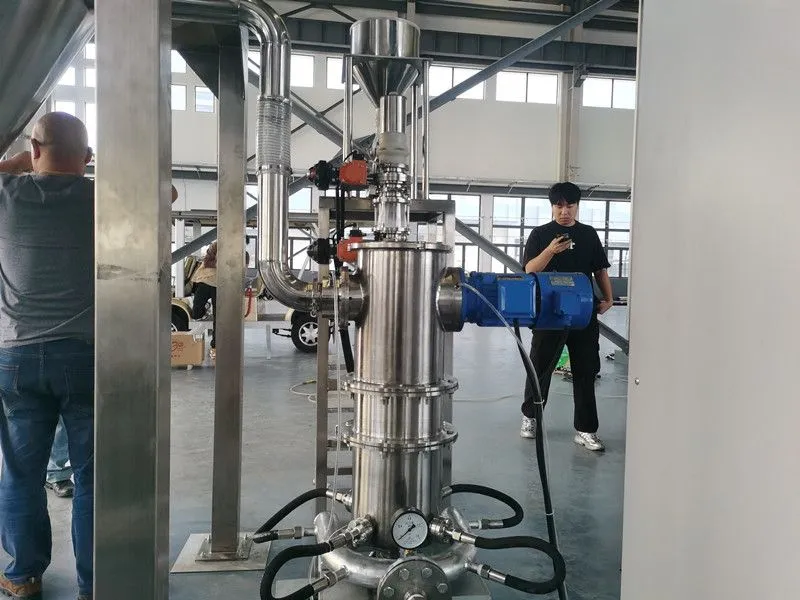
Choosing the right jet mill is key. It improves crushing efficiency. It also achieves the right particle size and mix for various uses.
Operators can optimize their milling processes by:
- Understanding jet milling principles.
- Considering material properties, throughput needs, and process compatibility.
- Evaluating the different jet mill types.
Best practices for maintenance, testing, and operational tweaks will boost jet mill performance. This will improve product quality and efficiency. In a changing industrial landscape, the right jet mill is key. It can help gain an edge and meet market demands.
